
Precipitation over the last 30 days has been very spotty, the usual narrative when dealing with summertime convection.

Precipitation over the last 30 days has been very spotty, the usual narrative when dealing with summertime convection.

As of May 16, 2025, 62% of the U.S. corn crop has been planted, ahead of both last year’s pace (47%) and the 5-year average of 56% (Table 1). Favorable weather conditions last week allowed farmers across much of the Corn Belt and northern states to make strong progress. Southern states continue to lead progress, with Texas (84%), North Carolina (86%), and Tennessee (76%) nearing completion of early vegetative establishment. Across the Corn Belt, planting activity accelerated sharply. Iowa climbed to 76%, Minnesota reached 75%, and Nebraska advanced to 73%, all well ahead of their historical averages. Illinois also made significant gains, jumping from 32% to 54%. While Ohio (25%) and Wisconsin (44%) remain behind their average pace. Warmer temperatures and drier conditions are expected to support continued improvement in seedbed preparation, emergence, and early stand establishment in the coming weeks. In Indiana, the USDA-NASS report indicates that 45% of[Read More…]
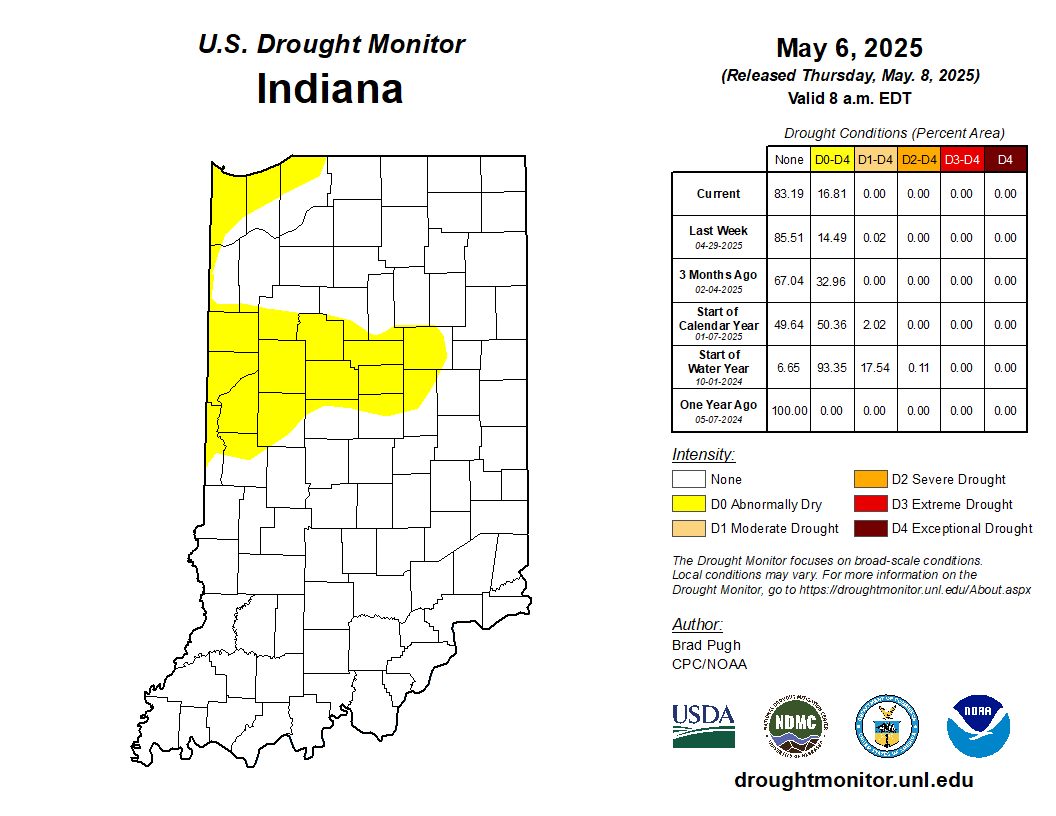
Southern Indiana took the lion’s share of precipitation in April with some locations getting over twice the amount of rain than normal for that month.

While our entire state did not receive the amount of rain from the remnants of Hurricane Helene compared to other states, most of Indiana did receive at least an inch of precipitation over the past few weeks with some southern counties receiving over five inches (Figure 1).
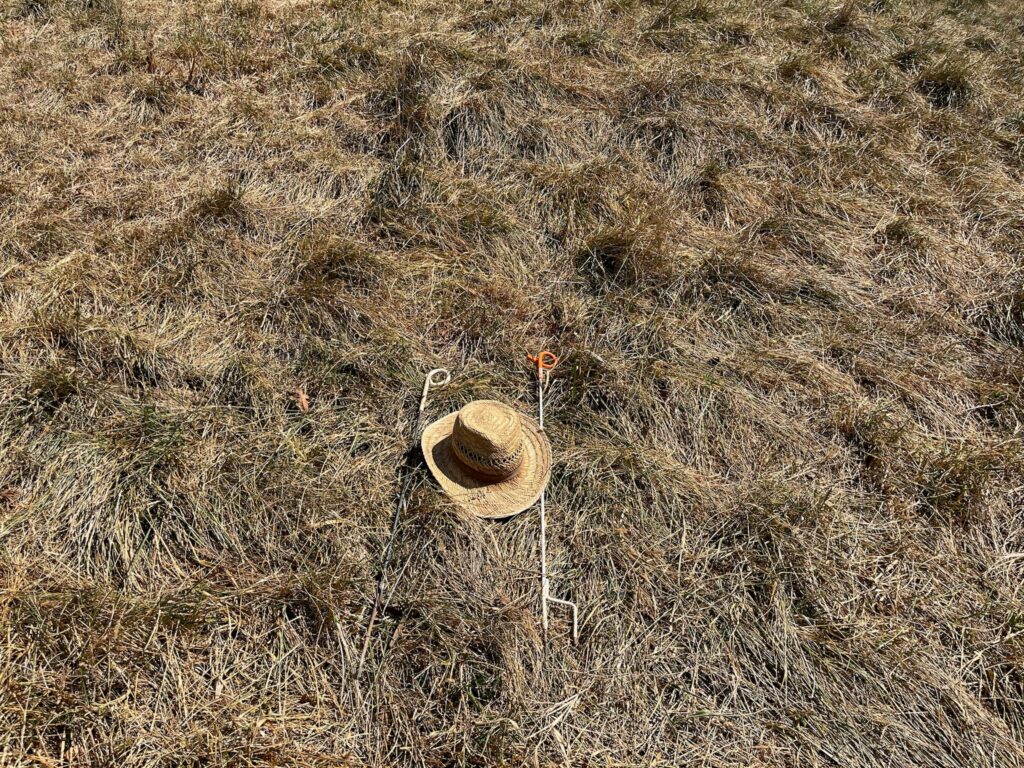
Dry weather has become a concern across Indiana for livestock producers. Purdue Extension publication ID-528, “Forage Management and Use Considerations When Drought Occurs” (ID-528 When Forages are in Short Supply Because of Drought (purdue.edu) has many ideas that will help stretch forage resources specifically for beef cattle. Many of the concepts have value for other ruminant species, too. Within the publication is discussion of the following practices that should be considered now to stretch forage supply and to better manage pastures: Monitor cow body condition as a barometer of nutritional status Avoid overgrazing Provide clean, cool water to reduce heat stress and maintain herd health Creep feed calves to obtain near normal weaning weights Early wean calves to take pressure off both cows and pastures Identify and manage poisonous plants in pastures and hay fields Pregnancy check and market cull cows earlier than normal to reduce feed needs Inventory hay[Read More…]
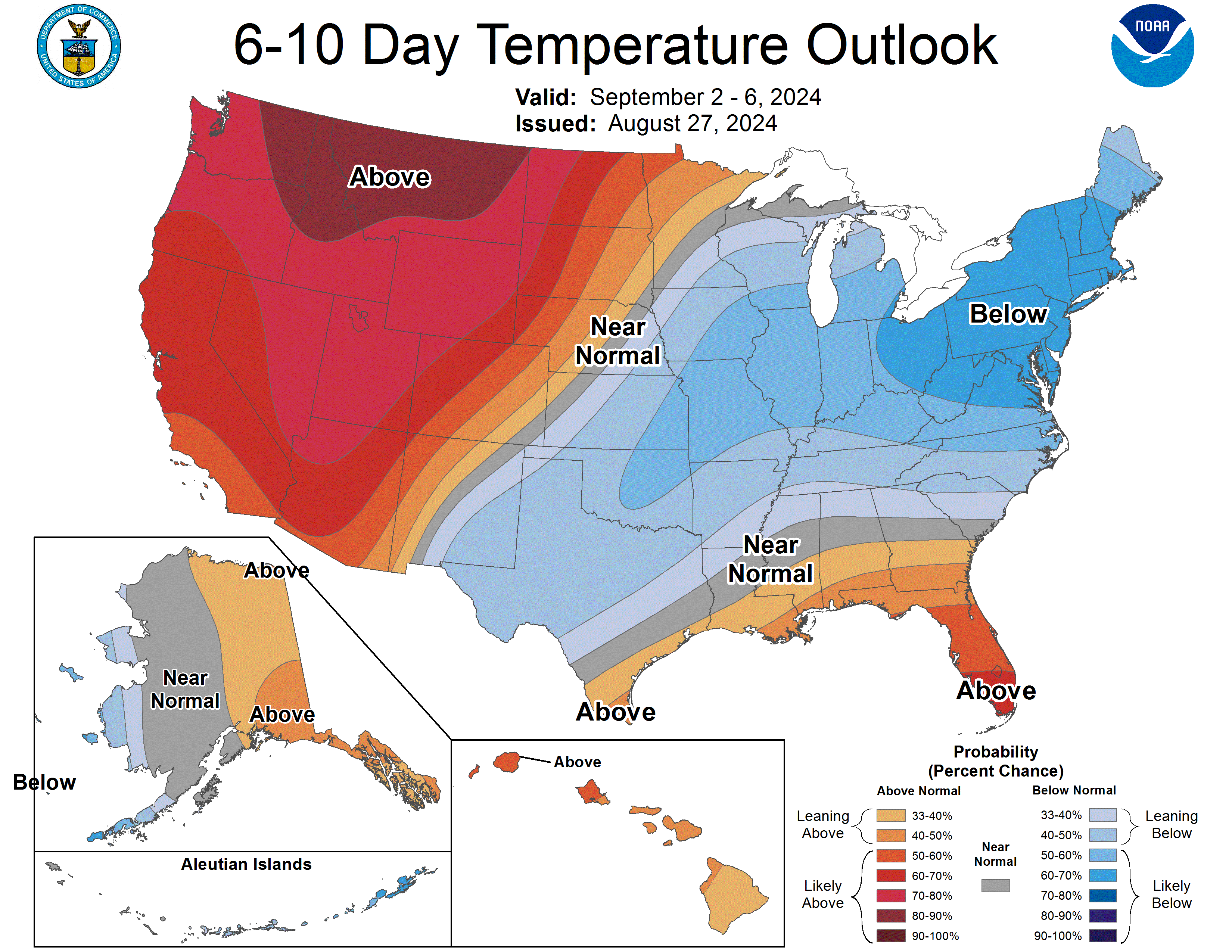
Summer just had to throw us a going away party in the form of extreme heat!

Pattern changes, like the one we’ve experienced in the middle of the month, are quite typical for August.
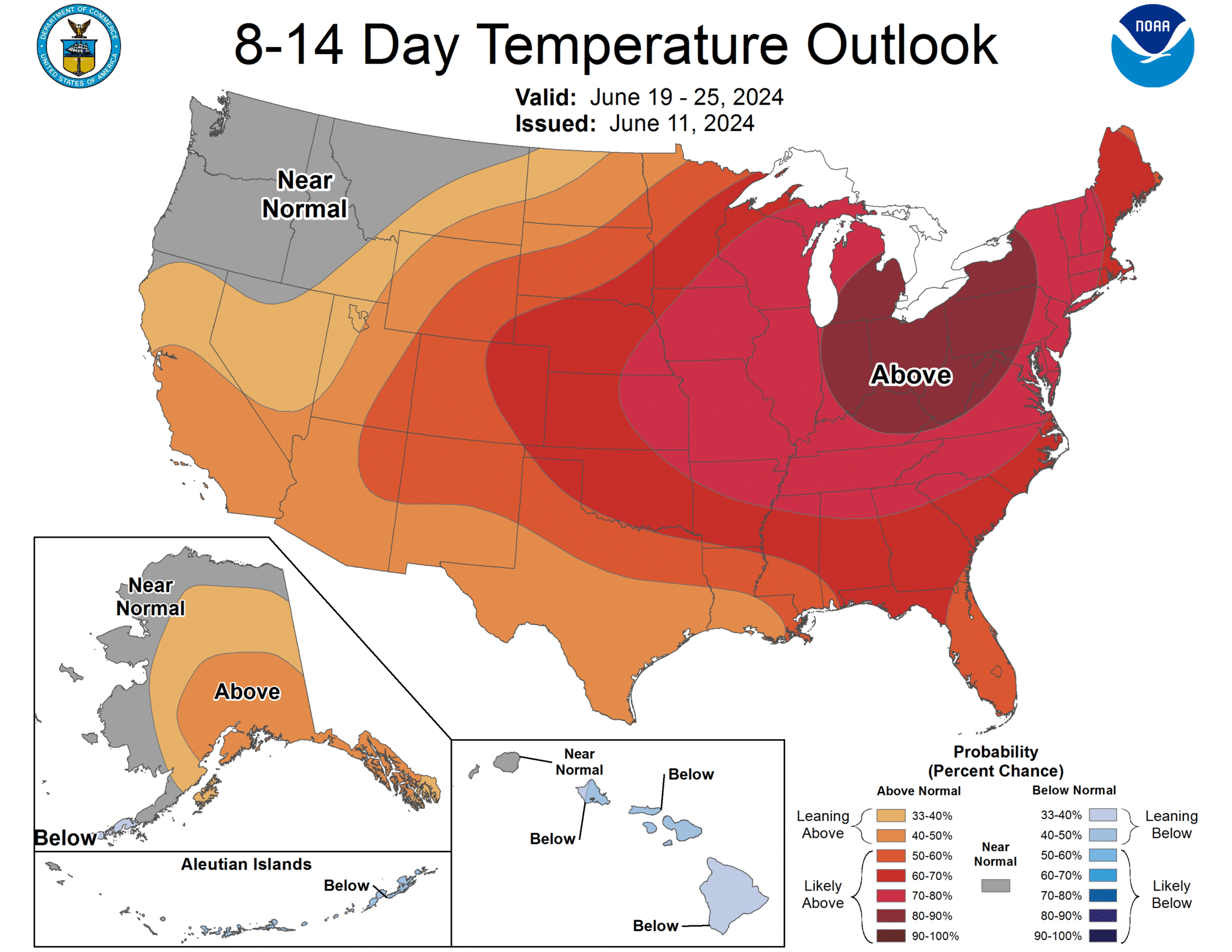
Meteorological spring (March-May) roared to a close on May 31, and the data is in—it was the 26th wettest on record in 130 years of records, with 14.28 inches of precipitation statewide, over 1.5 inches above normal.

Fall has brought cooler weather through the first twelve days of October.
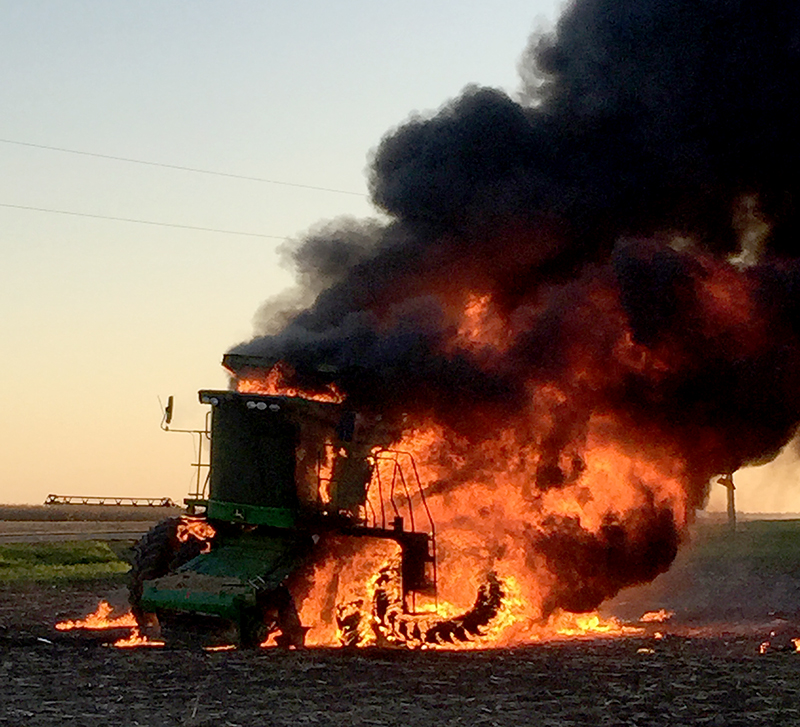
Combine fires cost farmers millions of dollars in damages every harvest, and in dry years such as 2020, the potential for fires is even greater than normal.
© 2025 Purdue University | An equal access/equal opportunity university | Copyright Complaints | Maintained by Pest&Crop newsletter
If you have trouble accessing this page because of a disability, please contact Pest&Crop newsletter at luck@purdue.edu.